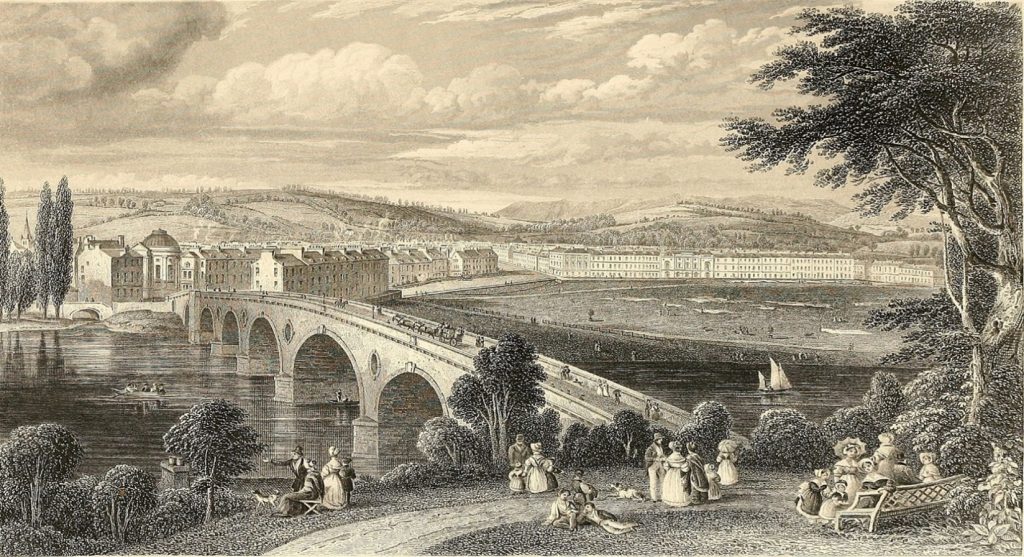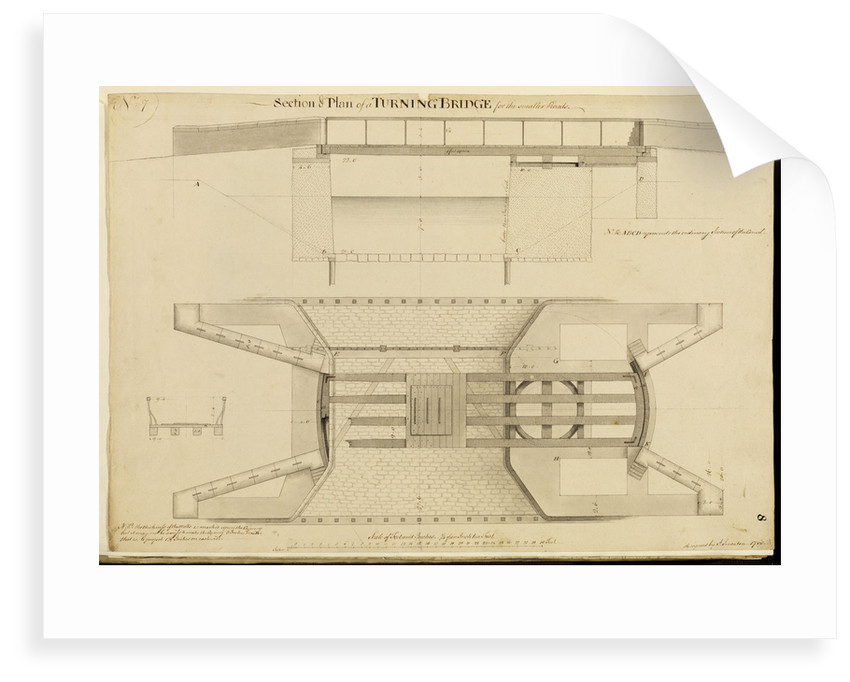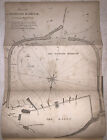John Smeaton is regarded as the “father of civil engineering” and was responsible for designing bridges, lighthouses, land drainage, river navigations, canals and harbors; the majority of which remain in service today.
His most notable designs are:
Eddystone Lighthouse: This may be his most famous accomplishment. The original lighthouse on Eddystone Rock had been destroyed by storms, and Smeaton was tasked with designing a new one that could withstand the harsh conditions. He developed a new type of mortar for underwater construction and a unique design that helped the lighthouse to weather the storms for over 120 years.

Bridges: Smeaton designed several bridges, including the Perth Bridge in Scotland. He was one of the first engineers to consider the effects of wind on bridges, which is an important factor in bridge design today.

Canals: Smeaton was involved in the construction of several canals, including the Forth and Clyde Canal in Scotland. This canal helped to connect the Atlantic Ocean with the North Sea.

Harbors: Smeaton designed and built improvements to several harbors, including Ramsgate Harbor in Kent, England. These improvements helped to make the harbors more efficient and safer for ships.
Wind and watermills: Smeaton was interested in the mechanics of wind and watermills, and he made several improvements to their design. He also developed a process for milling grain more efficiently using wind power.



In addition to these specific projects, Smeaton also made important contributions to the field of engineering in general. He was one of the founders of the Society of Civil Engineers, which helped to professionalize the field of engineering. He also developed a number of new tools and techniques that are still used by engineers today.
